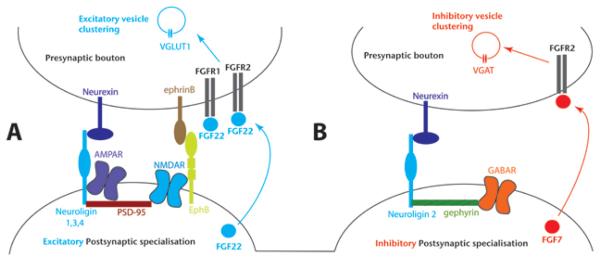Figure 1. Diagrammatic representation of some of the factors implicated in the formation of excitatory and inhibitory synapses in the CNS.
Molecules expressed on, or secreted from pre- or postsynaptic membranes are indicated. Putative or confirmed interactions are indicated by contacts between different molecules. For example, interactions between Neuroligin, AMPAR, PSD-95, NMDAR and EphB have been reported which may result in the formation of a multimolecular complex consisting of clusters of all or some of these molecules on the postsynaptic membrane during postsynaptic specialisation. A) Typical composition of excitatory synaptic specialisations. Postsynaptic cell adhesion (neuroligin 1,3,4) and signalling molecules (EphB) bound to presynaptic partners (Neurexin, ephrinB), interact with scaffold proteins (PSD-95) to cluster neurotransmitters (AMPAR, NMDAR) in complexes with other molecules (not shown). FGF22 is secreted from the postsynaptic terminal and is proposed to signal through FGFR1b and FGFR2b on the presynaptic membrane to promote VGLUT1 vesicle clustering. B) Molecular components of an inhibitory synapse. Postsynaptic adhesion molecules (Neuroligin 2) interact with presynaptic partners (Neurexin) to help cluster GABAR in complexes with scaffold molecules (gephyrin). FGF7 is secreted and signals through FGFR2b in the presynaptic terminal to promote VGAT vesicle clustering.

